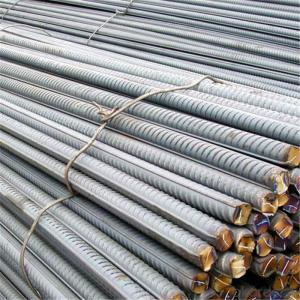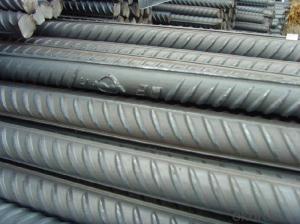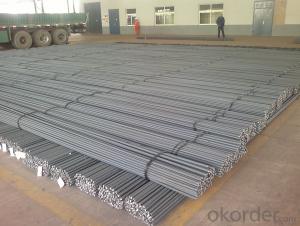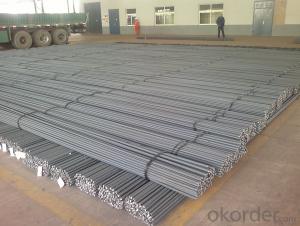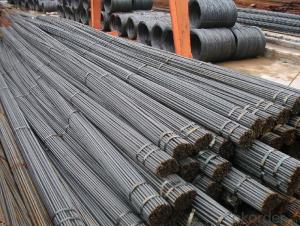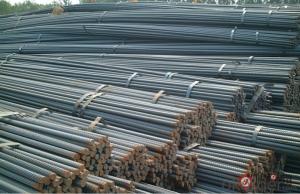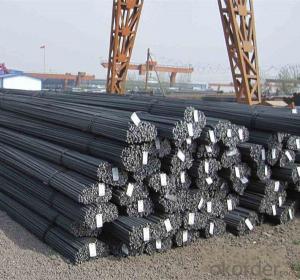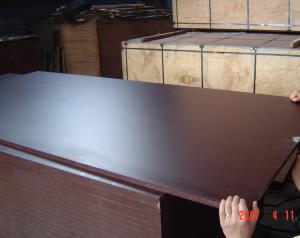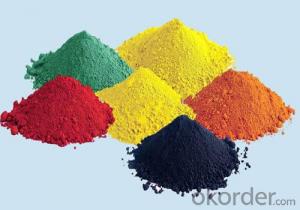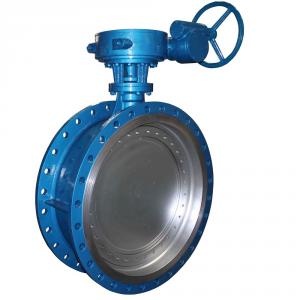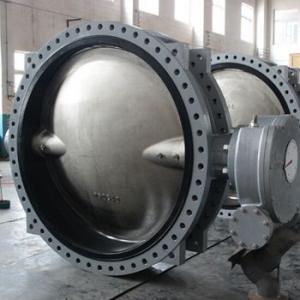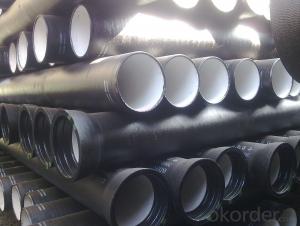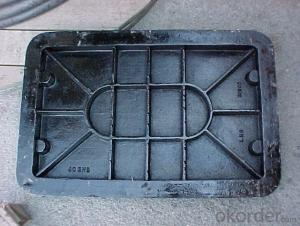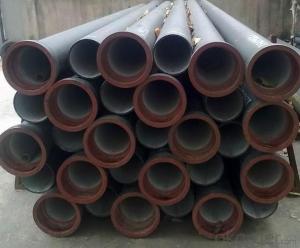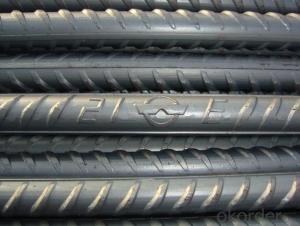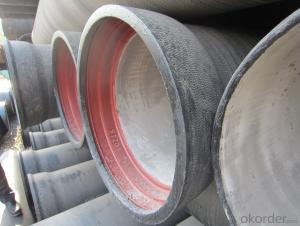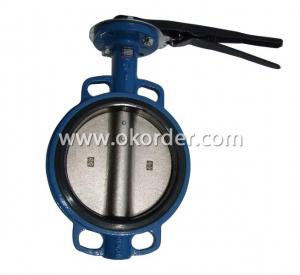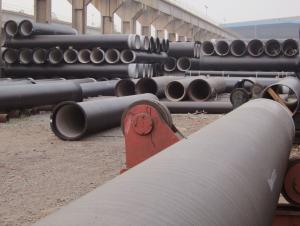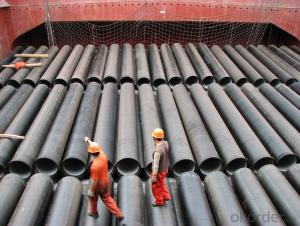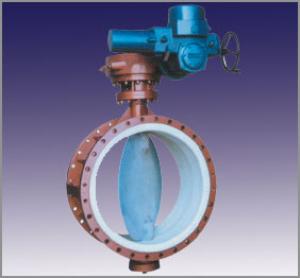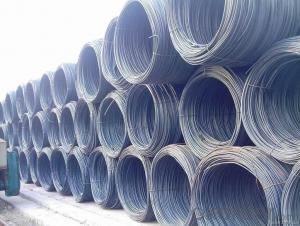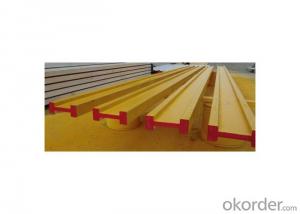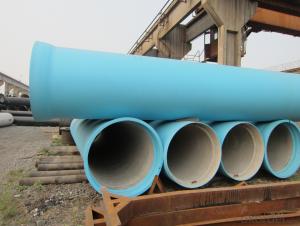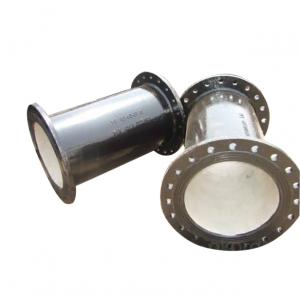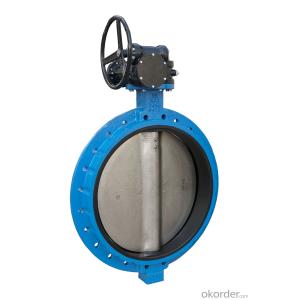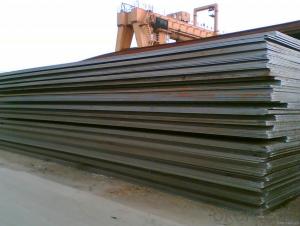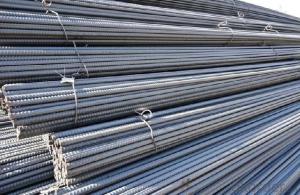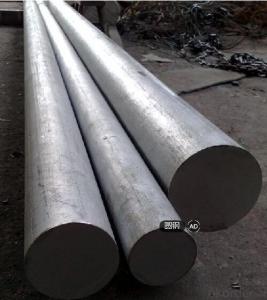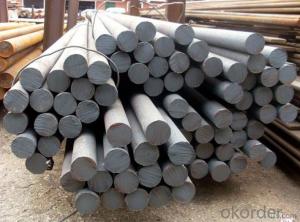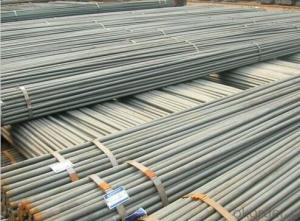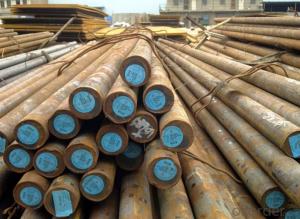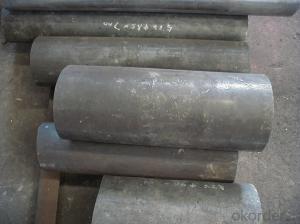Concrete Iron Rods
Concrete Iron Rods Related Searches
Stainless Steel Curtain Rods Stainless Steel Rods Rods Fish FoodHot Searches
Aluminum Diamond Plate For Sale Gas Powered Core Aerator For Sale Concrete Plasticizer For Sale Concrete Slabs For Sale Revolution 4 Propeller For Sale Ex Display Log Cabins For Sale Cubicle Partitions For Sale Stearman Propeller For Sale Palram Greenhouses For Sale Gumbo Bowls For Sale Suzuki Propellers For Sale Freight Crates For Sale Outhouse Sheds For Sale Buy Limestone For Carving Buy Alabaster For Carving China Cutting Aluminum Plate 1 4 Aluminum Diamond Plate Price 4x8 Aluminum Diamond Plate Price 4x8 Diamond Plate Aluminum Price Wholesale Cutting Aluminum PlateConcrete Iron Rods Supplier & Manufacturer from China
Okorder.com is a professional Concrete Iron Rods supplier & manufacturer, offers integrated one-stop services including real-time quoting and online cargo tracking. We are funded by CNBM Group, a Fortune 500 enterprise and the largest Concrete Iron Rods firm in China.Hot Products
FAQ
- Yes, special steel can be used in the construction industry. Special steel is often chosen for its unique properties, such as high strength, durability, and resistance to corrosion. It is commonly used in the construction of buildings, bridges, and infrastructure projects where structural integrity and longevity are crucial. Additionally, special steel can be customized to meet specific project requirements, making it an ideal choice for various construction applications.
- Corrosion-resistant stainless steel possesses several key properties that make it highly resistant to corrosion. These properties include a high chromium content, which forms a protective oxide layer on the surface of the steel, preventing corrosion. Additionally, stainless steel is often alloyed with other elements such as nickel and molybdenum, which further enhance its corrosion resistance. The steel is also highly durable, with excellent strength and toughness, making it suitable for a wide range of applications in various industries. Overall, corrosion-resistant stainless steel offers exceptional resistance to corrosion, ensuring its longevity and reliability in harsh environments.
- Special steel is widely used in the oil and gas industry due to its exceptional properties such as high corrosion resistance, strength, and durability. It is primarily utilized in the construction of pipelines, drill bits, and various equipment used in oil and gas exploration, extraction, and refining processes. Additionally, special steel is employed in the manufacturing of storage tanks, valves, and offshore platforms, providing reliable solutions for harsh operating conditions and ensuring the safety and efficiency of oil and gas operations.
- The production of special steel heavily relies on the accessibility of raw materials. Special steel, renowned for its outstanding strength, durability, and corrosion resistance, is widely used in industries like automotive, aerospace, and energy. The availability of raw materials, including iron ore, coal, chromium, nickel, and molybdenum, directly affects the production of special steel. These materials are crucial for the composition and characteristics of the steel. Any disruptions in their supply can significantly impact the production process. If the availability of iron ore, which is the primary source of iron, becomes limited or expensive, it can result in a scarcity of the main ingredient for steel production. Consequently, the production of special steel may decrease, leading to higher prices and potential shortages in the market. Similarly, the availability and cost of alloying elements play a vital role. These elements enhance the properties of steel, making it suitable for specific applications. For instance, chromium improves corrosion resistance, while molybdenum enhances strength at high temperatures. If these alloying elements are not readily available, it may hinder the ability to produce special steel with the desired properties. Moreover, the availability of energy resources like coal or natural gas is crucial for special steel production. These resources are used in the steelmaking process, particularly in the production of coke, which is essential for smelting iron ore. Limited availability or increased prices of energy resources can impact the cost and efficiency of steel production. In conclusion, the availability of raw materials plays a vital role in the production of special steel. Any disruptions or limitations in the supply of raw materials, including iron ore, alloying elements, and energy resources, can have a significant impact on the production process. This can result in higher prices, potential shortages, and compromised properties of the final product. Thus, ensuring a stable and sufficient supply of raw materials is crucial for the production of high-quality special steel.
- Nitriding steel is a process in which the surface of the steel is hardened and enhanced by introducing nitrogen into its structure. The properties of nitriding steel include increased surface hardness, improved wear resistance, enhanced fatigue strength, and greater corrosion resistance. Additionally, nitriding steel exhibits a low coefficient of friction, excellent dimensional stability, and increased resistance to heat and oxidation.
- The requirements for special steel used in surgical instruments are quite stringent due to the critical nature of their application in medical procedures. First and foremost, the steel must have excellent corrosion resistance to withstand the repeated exposure to body fluids and chemicals used in sterilization processes. This ensures that the instruments remain durable, hygienic, and safe for use. Another essential requirement is high strength and hardness, as surgical instruments must be able to withstand the forces exerted during procedures without bending, breaking, or losing their sharpness. Additionally, the steel should possess excellent wear resistance to maintain its cutting edge for an extended period, reducing the need for frequent sharpening or replacement. Biocompatibility is another crucial factor for surgical instruments. The steel should not cause any adverse reactions when in contact with living tissue or fluids, minimizing the risk of infection or complications for patients. This requires the absence of harmful elements or impurities that may trigger allergic responses or toxicity. Furthermore, the steel used in surgical instruments must be highly sterilizable. It should be capable of withstanding high temperatures during autoclaving or other sterilization methods without undergoing significant changes in its physical or mechanical properties. Lastly, the steel should be easily workable, allowing for precision manufacturing processes such as forging, machining, and polishing to create intricate instrument designs. This ensures that surgical instruments have the necessary shape, size, and surface finish required to perform specific tasks effectively. Overall, the requirements for special steel used in surgical instruments encompass corrosion resistance, strength, hardness, wear resistance, biocompatibility, sterilizability, and workability to ensure the instruments meet the demanding standards of the medical field.
- There are several different methods of surface grinding that can be used for special steel. Here are some of the most commonly utilized methods: 1. Blanchard Grinding: This method involves using a rotary table and a grinding wheel to remove material from the surface of the steel. The grinding wheel is typically made of abrasive particles bonded together in a matrix and rotates at a high speed. Blanchard grinding is known for its ability to quickly and efficiently remove large amounts of material, making it suitable for roughing operations. 2. Precision Grinding: This method is often used for finishing operations, where a high degree of accuracy and surface finish is required. Precision grinding involves using a surface grinder with a fine-grit grinding wheel to remove a small amount of material from the surface of the steel. This process is typically slower and more precise than Blanchard grinding, resulting in a smoother and more polished surface. 3. Centerless Grinding: This method is commonly used for cylindrical steel parts that require a high degree of precision. Centerless grinding involves feeding the steel between a grinding wheel and a regulating wheel, with the grinding wheel removing material from the surface as it rotates. The regulating wheel controls the speed and feed rate of the steel, ensuring consistent and accurate grinding. 4. Creep Feed Grinding: This method is used for heavy stock removal on large steel parts. Creep feed grinding involves using a slow feed rate and deep cuts to remove material from the surface. This method is typically used for specialized applications where traditional surface grinding methods are not suitable due to the size or complexity of the steel part. Overall, the choice of surface grinding method for special steel will depend on factors such as the desired surface finish, accuracy requirements, and the size and complexity of the steel part. It is important to consult with a skilled grinding professional to determine the most appropriate method for a specific application.


